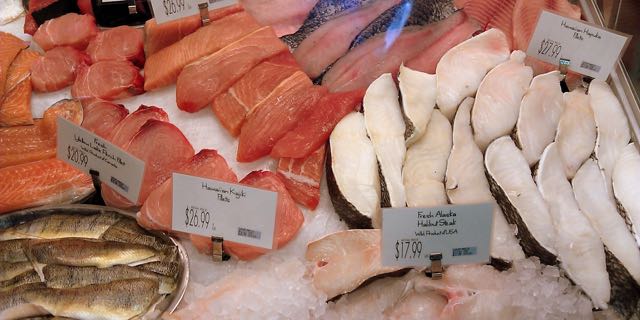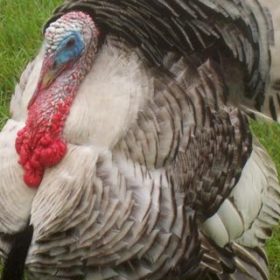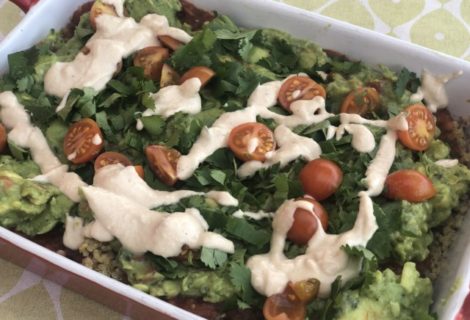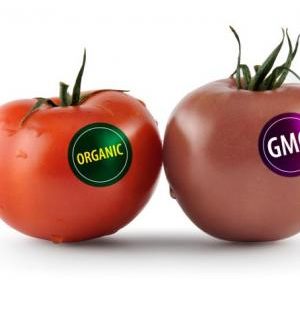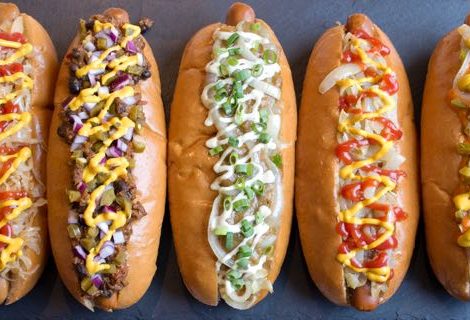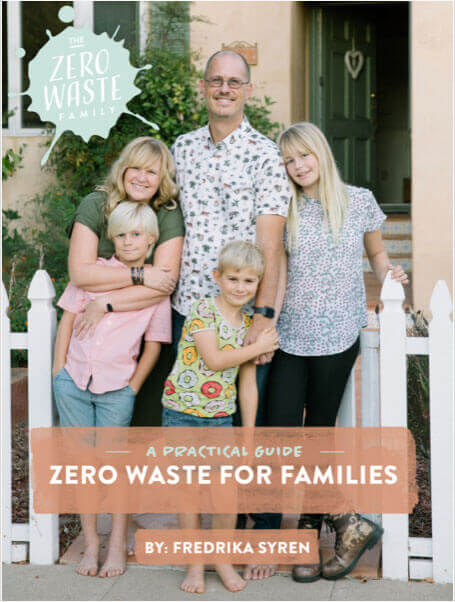By Fredrica Syren a.k.a Green mom
As a kid, I used to go fishing with my grandpa, and my mom would cook the fish we caught. It tasted so amazing. Today, most people get their fish from the fish counter at a local grocery store, and they have to choose between wild or farmed raised fish. Chances are that the fish you buy is farm raised: so is half of the fish eaten in the U.S.
Fish is really good for us, and American Heart Association recommends that adults eat fish twice a week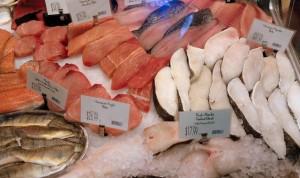 for the heart-beneficial omega-3 fatty acid. Since more and more farmed fish is being offered to consumers, we need to know what the difference is and what it really means.
for the heart-beneficial omega-3 fatty acid. Since more and more farmed fish is being offered to consumers, we need to know what the difference is and what it really means.
Both farmed and wild caught fish actually have some benefits. Farm raised fish is, in general, cheaper and also removes the issue of over fishing. Unless you’re lucky enough to be living on the coast, wild caught fish has to travel great distances in an unsustainable way to get to the consumer.
However, farm raised fish feed on an unnatural diet of processed pellets that may contain higher levels of chemicals. Farm raised fish also are fed antibiotics to fight diseases that they are exposed to because of living in smaller pens with so many other fish. For example, research has shown that farmed salmon contains more antibiotic per unit of weight than any other livestock. Fish farms also cause damage and danger to our environment since pollutants such as feces, chemicals, antibiotics and sick fish may leak into our water due to human error.
Let’s face it: like any other business, fish farms need to make money fast. To that end, any way to make the fish grow faster and bigger for the least amount of money is the credo. That is why, as a consumers, we should be concerned. The fish industry’s job is not to look out for our best interest.


